From September 20 to 23, 2025 Rome becomes the center of art collecting with the second edition of Arte e Collezionismo, an event hosted at Palazzo Barberini. Among the exhibitors at the show is the Frediano Farsetti Art Gallery, which will present a selection of works by some of the greatest Italian masters of the 20th century in booth 26. The exhibition itinerary of the gallery, active since 1999, will offer the public paintings that mark fundamental moments in the painting of the last century, in a constant dialogue between tradition and innovation, memory and contemporary research.
The Frediano Farsetti Gallery has built a solid reputation over the years thanks to a careful activity of enhancing the artistic heritage of the Italian and international 20th century. Since its origins, the gallery has promoted monographic and retrospective exhibitions dedicated to great historical artists, contributing to their critical reinterpretation and dissemination to a wide and qualified audience. At the same time, it has flanked the rediscovery of the historical avant-gardes with constant attention to the most original voices of the contemporary scene, creating a bridge between different eras and languages. Not surprisingly, the gallery regularly participates in major national and international art fairs and collaborates with museums, foundations and archives to produce high-profile exhibitions and publications. In recent years, as part of this activity, it has organized exhibitions such as Vis a vis, ancient and modern art in comparison in 2015, Ottone Rosai portraits and self-portraits, a dialogue with Bacon and Baselitz in 2018, Gino Severini, geometries and visions in 2021 and, most recently, Volti Ritratti Italiani dal XVI al XX secolo in 2024, held in collaboration with Cantore Galleria Antiquaria.
Participation in Art and Collecting in Rome thus represents a new opportunity to present quality works. Prominent among the protagonists at booth 26 is Giorgio de Chirico (Volos, 1888 - Rome, 1978), whose Chevaux au bord de la mer, a 1926 oil-on-canvas painting, will be exhibited. The work depicts two horses on a lonely beach, in front of a calm sea and a barely noticeable landscape in the background. The suspended and unreal atmosphere is typical of the artist’s sensibility, who in this period moved closer and closer to the classical tradition and myth, gradually detaching himself from the urban and metaphysical atmospheres that had made him famous. The rendering of the horses directly recalls Greco-Roman sculpture, confirming de Chirico’s interest in ancient culture.
Presented alongside this work will be an untitled still life from 1923, oil and tempera on canvas, which belongs to the phase defined by the artist himself as “romantic.” Here de Chirico arranges bunches of grapes and other fruit with a theatrical and silent order, capable of transforming a simple composition into a visual enigma. Even in this passage of language, de Chirico demonstrates the ability to transfigure everyday reality into mystery and poetry.
Another prominent figure is Renato Guttuso (Bagheria, 1912 - Rome, 1987), who will be represented with Forchetta, bicchiere e tenaglia, oil on canvas of 1946. Three common objects become symbols of an entire era. Arranged on a table covered with a red cloth, they take on a theatricality that transcends still life, becoming metaphors for survival, labor, toil and postwar reconstruction. The work reflects Guttuso’s sensitivity to social realism and ability to attribute narrative force to seemingly simple scenes.
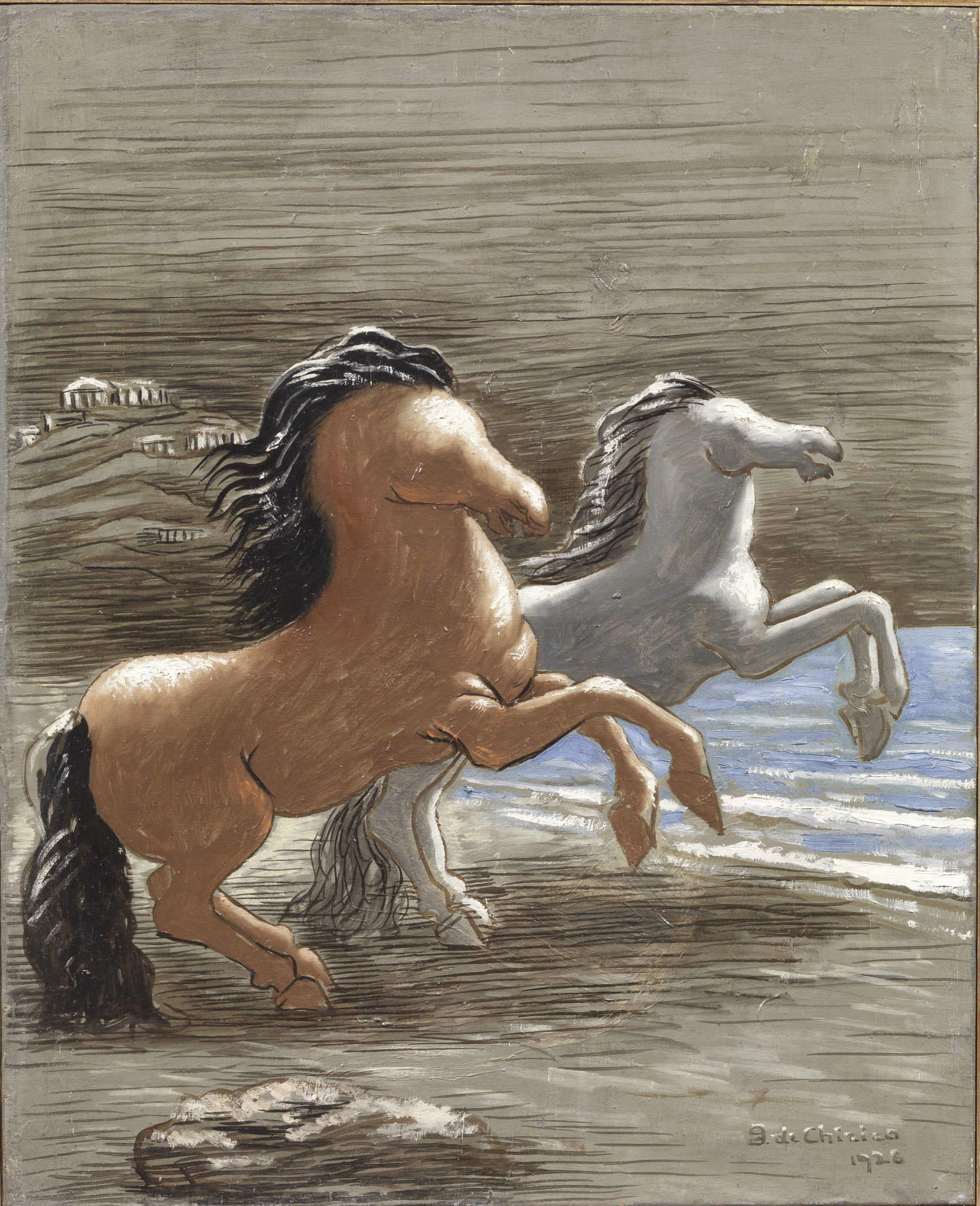
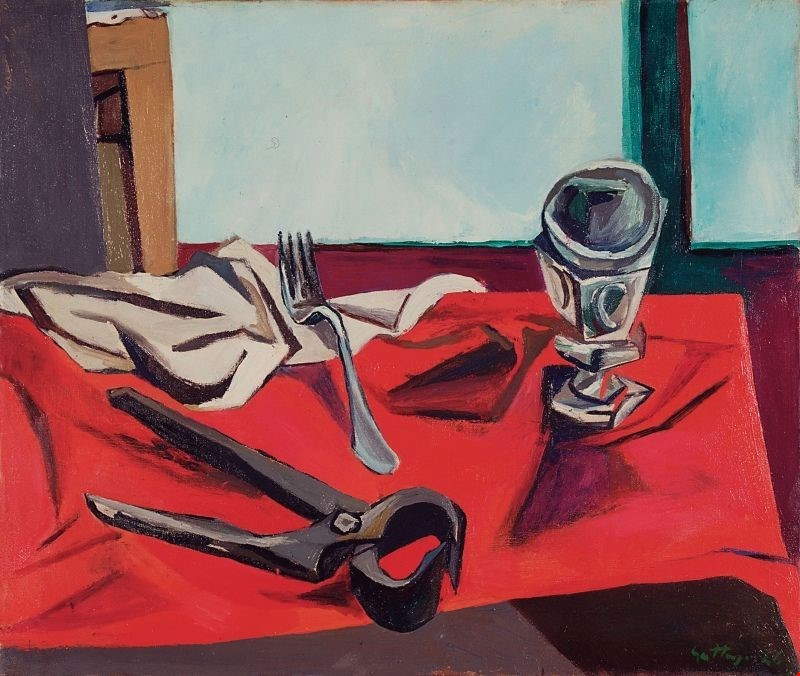
Lorenzo Viani (Viareggio, 1882 - Lido di Ostia, 1936) will be at the fair with Le Parigine from 1908, an oil on cardboard that expresses the more dramatic and tormented side of the artist from Viareggio. The two female figures portrayed in the night do not represent Parisian worldliness, but commoners and prostitutes, marginal and marginalized women, figures marked by the harshness of life. Viani intensely conveys his own inner restlessness through a harsh and direct pictorial language. Ottone Rosai (Florence, 1895 - Ivrea, 1957) will be present with a Self-portrait from 1933, an oil on cardboard that returns the image of a simple man who is at the same time firm in his convictions. In a historical context dominated by the fascist regime and the taste for monumental art, Rosai chose to show himself with decisive but sober features, in a modest suit and tie, far from official celebrations. The work reflects his desire to maintain a connection with everyday, popular reality.
Another striking work is Natura morta con maschera (Still Life with Mask ) by Filippo de Pisis (Ferrara, 1896 - Milan, 1956), made in 1926 during his stay in Paris. The work depicts objects randomly arranged on a table, observed by a mask that seems to overlook the scene. The light painting, with dusty, muted tones, lends a suspended atmosphere typical of de Pisis’ enigmatic sensibility. Mario Sironi (Sassari, 1885 - Milan, 1961) will be represented by Scultore e modella, a monumental oil on canvas from 1929. In this work, the sculptor in the center symbolizes the builder of a new humanity, while the female figure, barely hinted at, represents becoming. The compact, simplified forms, combined with earthy, gray tones, accentuate the static and monumental nature of the scene, reflecting the language Sironi developed between the two wars.
By Giacomo Balla (Turin, 1871 - Rome, 1958) a Self-Portrait of 1940, painted on faesite and dedicated as a personal greeting to a friend, will be exhibited. The work, in which the artist portrays himself with a paintbrush and the inscription “Happy New Year,” blends irony and lightness, restoring the futurist vitality and playful spirit that Balla maintained even in his mature years. Felice Casorati (Novara, 1883 - Turin, 1963) completes the selection with The Oranges, an oil painting from about 1956. Citrus fruits arranged on an almost abstract surface become the protagonists of a silent and meditative composition, in which formal rigor and poetic sensibility come together in perfect balance. The work is an example of the magical realism that characterizes much of Casorati’s production.
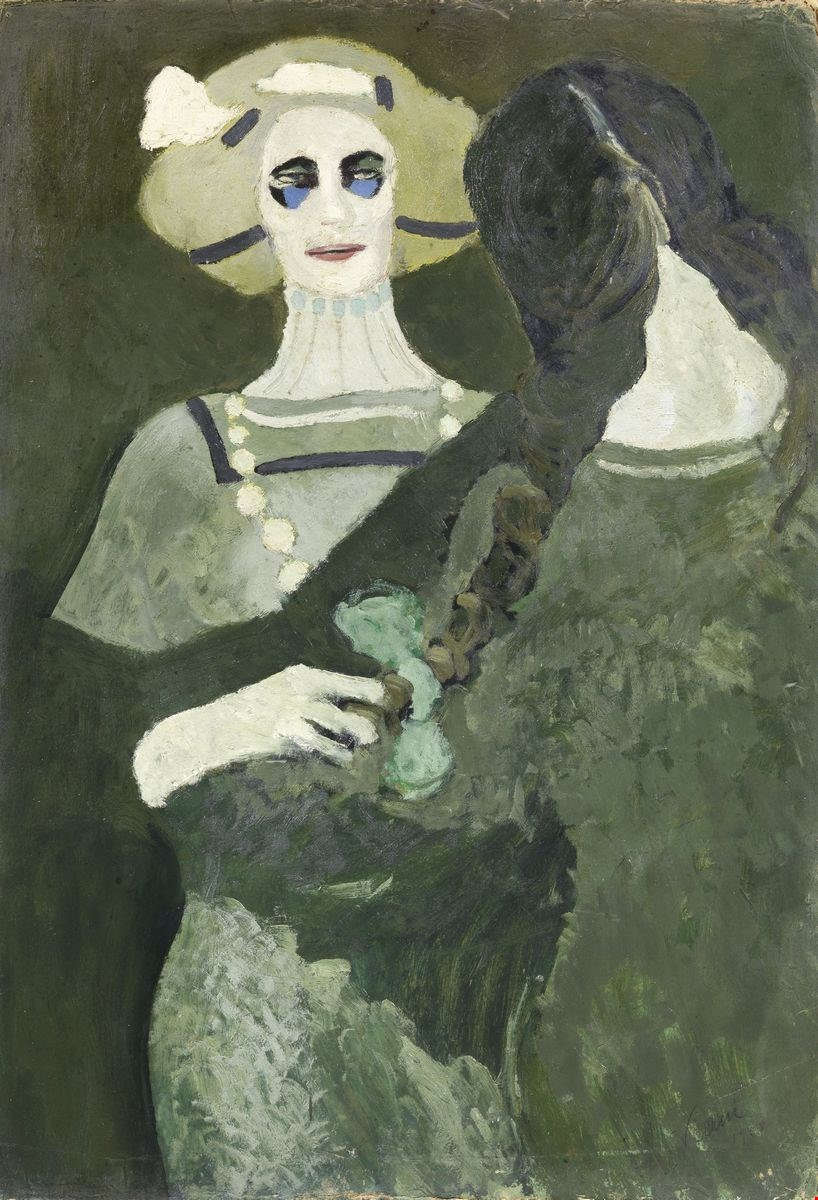
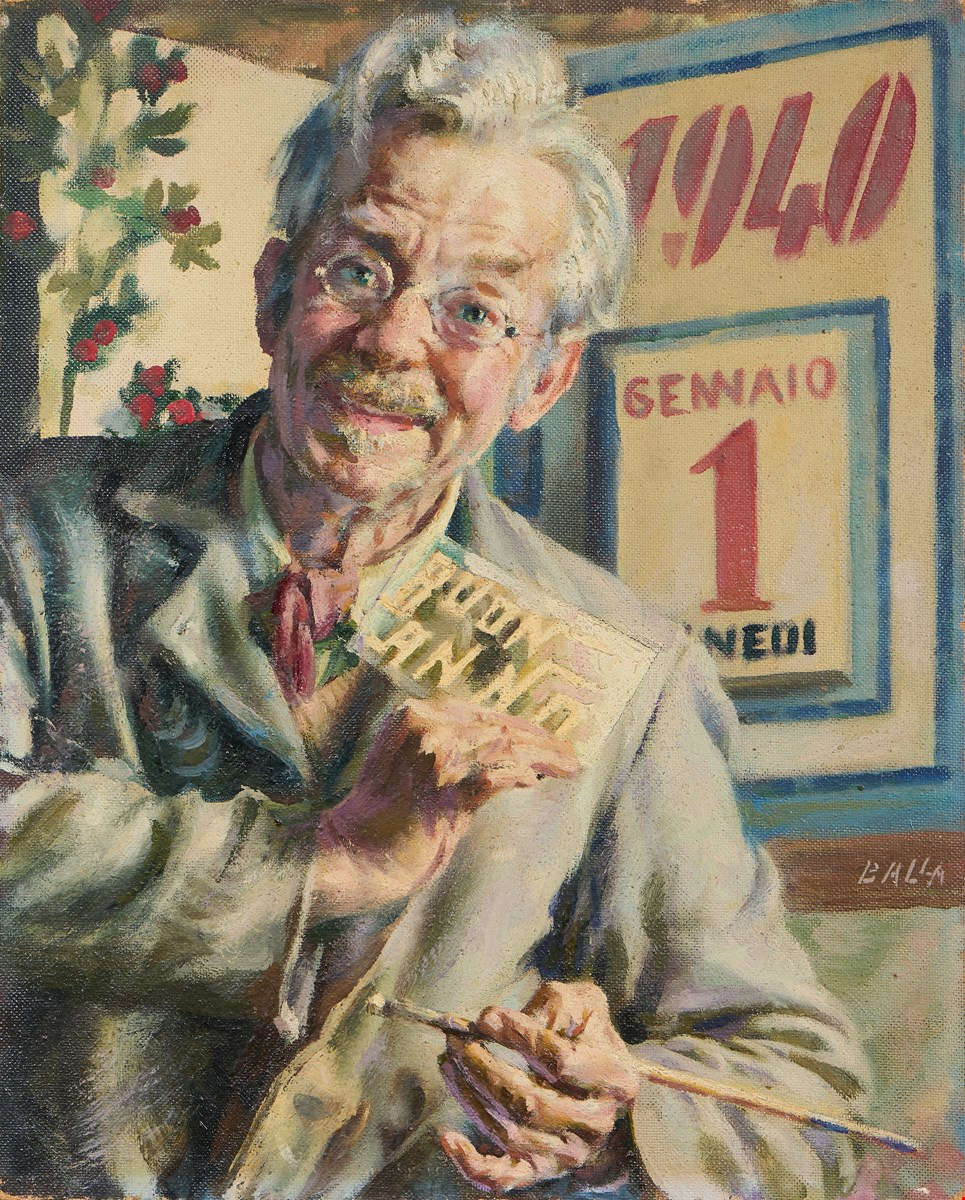
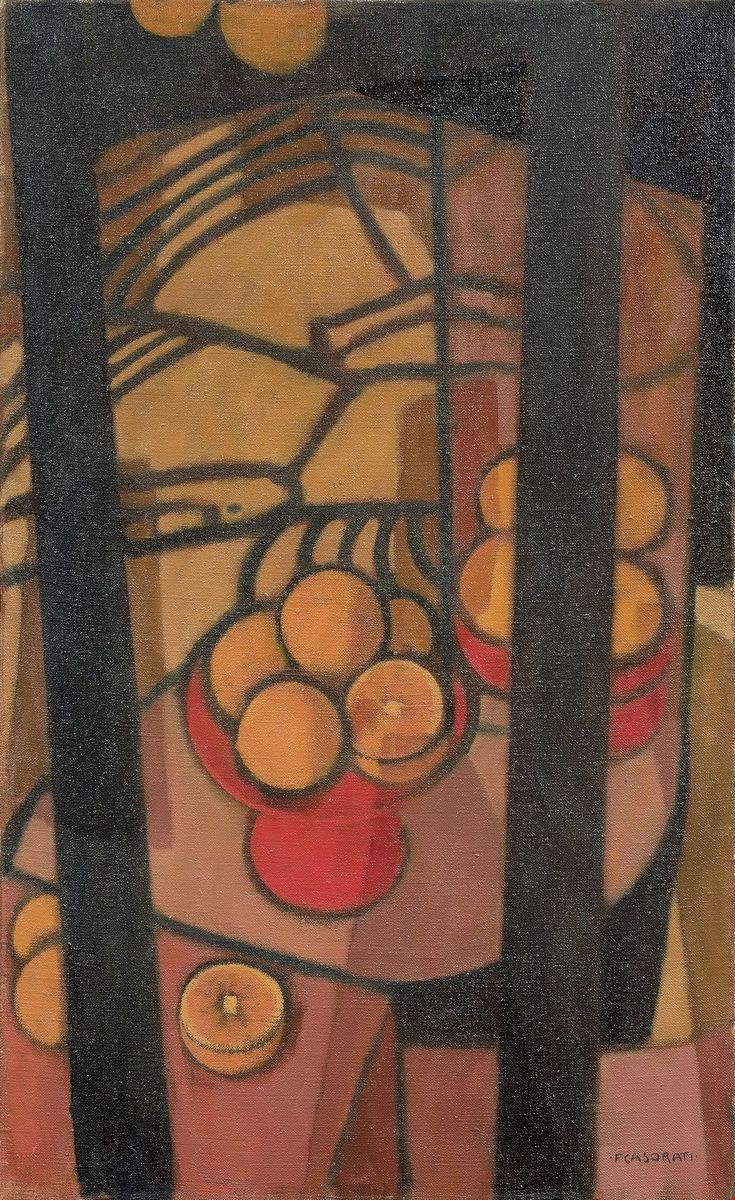
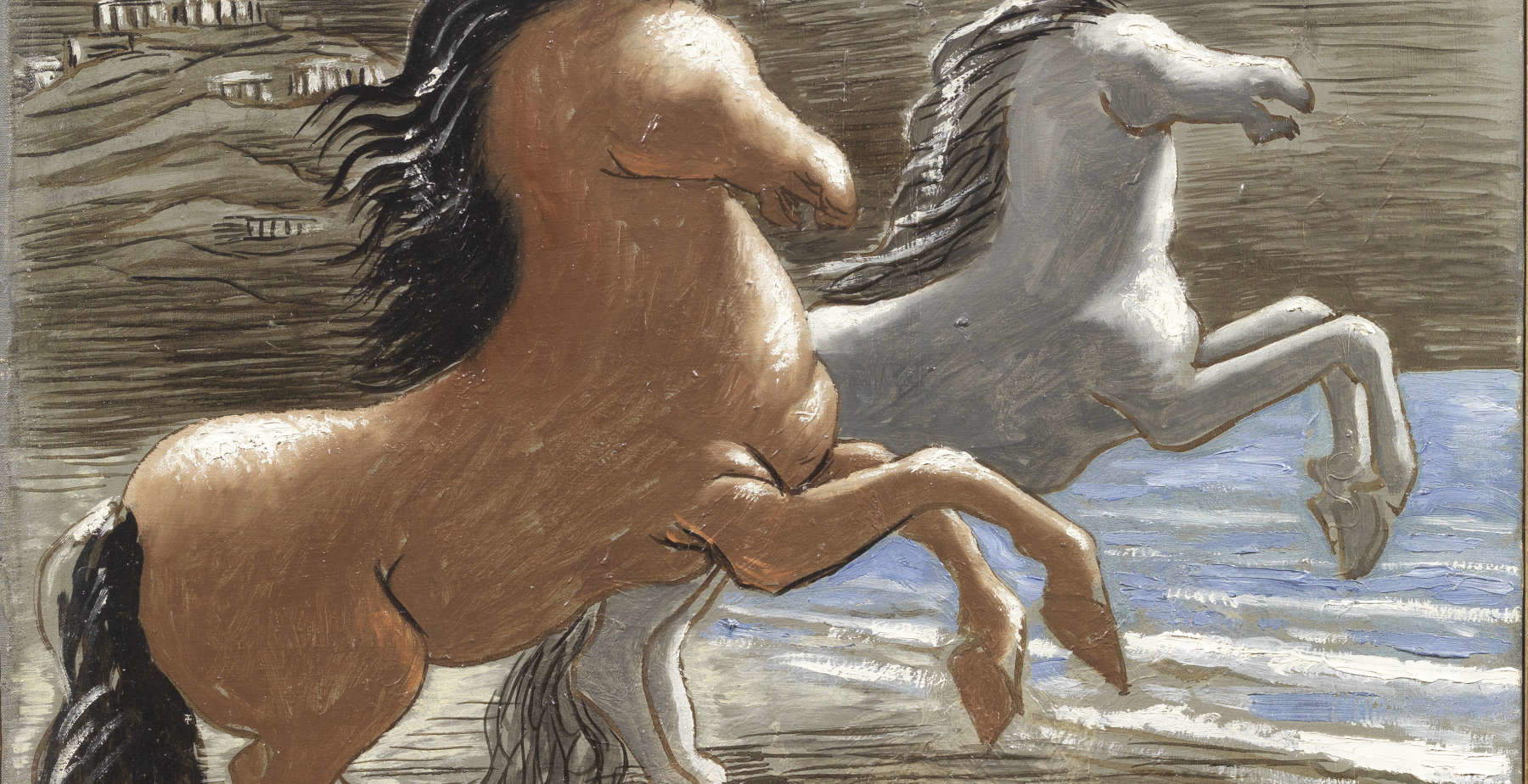 |
| From Casorati to De Chirico, Frediano Farsetti brings the masters of the 20th century to Rome |
Warning: the translation into English of the original Italian article was created using automatic tools. We undertake to review all articles, but we do not guarantee the total absence of inaccuracies in the translation due to the program. You can find the original by clicking on the ITA button. If you find any mistake,please contact us.